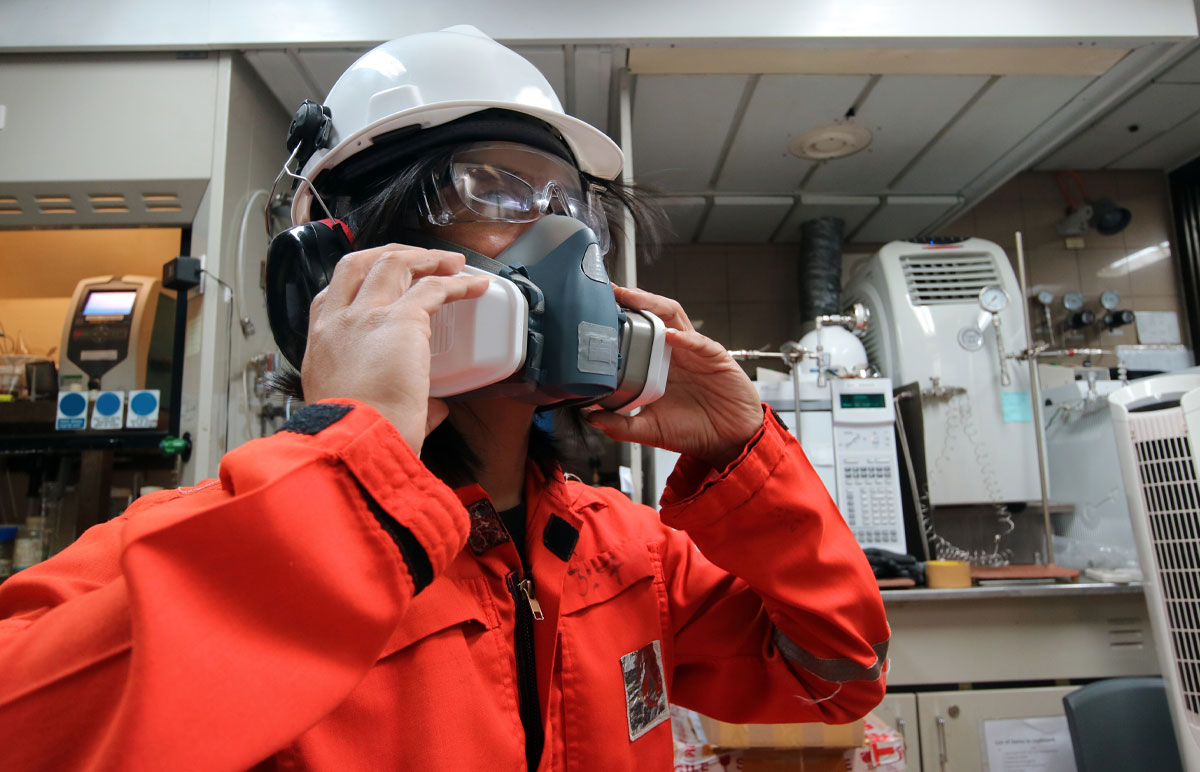An Introduction to CleanSpace Technology

No matter what kind of construction project your team is working on, personal protective equipment (PPE) is always a must-have. One of the most important PPE equipment is respiratory protective equipment, as its main job is to ensure dangerous particles are not breathed in and stay out of the wearer’s lungs. This specific piece of equipment is used in most, if not all, construction projects simply because all sorts of activities kick up harmful dust that can hurt one’s respiratory system.
While there are many respirators out there that can provide some form of protection against these hazards, none come quite as close to CleanSpace Technology’s respirators.
Here’s why you should opt for CleanSpace Technology respirators for your construction workers:
1. They’re Comfortable
One issue many workers have with many of the respirators today is that they’re uncomfortable. This can be quite concerning simply because, more often than not, workers must wear this equipment for many hours. If they are uncomfortable, not only is it distracting the worker from doing the job properly, but it might also force them to remove the respirator in an attempt to relieve themselves of the uncomfortable mask.
These two issues aren’t what you want your workers to experience, and that’s why CleanSpace Technology respirators are incredible. Not only do they offer the highest level of protection, but they are also incredibly comfortable. They’re super light, weighing less than 500 grams, and are built with soft silicone to ensure a proper, comfortable seal around the nose and mouth.
2. They’re Simple to Use
Another issue with respirators today is that they’re heavy, but not because of the mask itself. There’s a lot to be carried on, such as hoses, belts, and waist-mounted battery packs. To make things worse, many of these respirators aren’t easy to kick start either. This can be a hassle for workers, and all these extra things to wear can make work much more cumbersome.
CleanSpace Technology respirators fix this by removing all the belts, hoses, and waist-mounted packs. Instead, they offer everything into a simple one-button system that can easily be worn on the head! Plus, with 8 hours of run-time, there’s no worry about running out of fresh, clean air anytime soon.
3. They’re Incredibly Durable
Subject to such harsh environments, workers expect their respirators to work flawlessly, no matter the condition. Unfortunately, with so many respirators using cheap parts and a lot of them, the chances of a respirator failing to work properly are too high for comfort. This is a risk that no one ever wants to face, let alone think about at all.
Fortunately, this is a problem that workers do not have to worry about when using CleanSpace Technology respirators. This is because the respirator’s design and manufacturing process is ISO9001 accredited. This accreditation proves that CleanSpace Technology only works with the highest standards of quality and reliability. Pair that with their two-year warranty on their respirators, workers can enjoy peace of mind knowing that the CleanSpace Technology respirator they’re wearing will fully function.
Conclusion
Simply put, CleanSpace Technology’s respirator is designed to maximise workers’ comfort, safety, and productivity—three factors all workers want to enjoy when working in construction environments. If you have yet to invest in such respirators for your team of workers, we highly recommend that you do so. Your worker’s safety must and always will be your priority, and PPE like such a respirator will only ensure that your workers can work safe and sound. This enables them to complete projects on time and deliver the best results to keep you and your clients happy.
KEE Group is Australia’s most effective and unique civil and mining support service, offering four services that cover hire, surfacing, transport, and fuel to meet any needs. If you are looking to work with professional field support services to bring success to your construction projects, work with us today!







